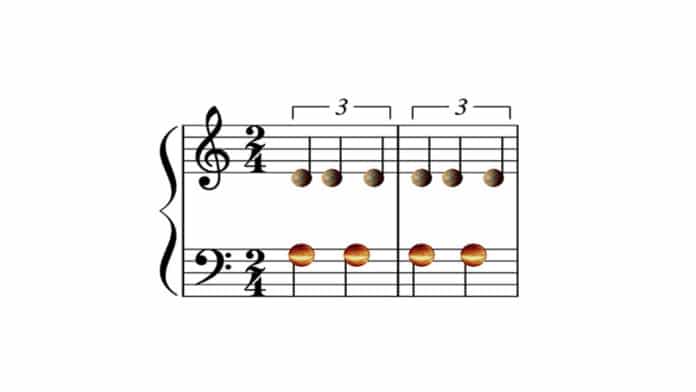Using the SOPHIE spectrograph, scientists are observing the star HD 158259 in the Draco constellation for seven years. The instrument, until now, has acquired three hundred measurements of the star.
Now, a new analysis on the data by the University of Geneva (UNIGE), suggests that the star HD 158259 has six planetary companions: a “super-Earth” and five “mini-Neptunes.”
According to scientists, these planets have exceptionally regular spacing, indicating the signs of how the system may have formed.
François Bouchy, a professor in the Department of astronomy of the Faculty of Science of UNIGE and coordinator of the observational program, said, “The discovery of this planetary system has been made possible thanks to the acquisition of a great number of measurements, as well as a dramatic improvement of the instrument and our signal processing techniques.”
Paul A. Wilson, a researcher at the University of Warwick and co-author of the study, said, “This is great work and shows the important role smaller telescopes play in furthering the advances of astronomy through high-quality research using old, but well-funded observatories.”
The analysis reveals that these planets have masses two and six times that of the Earth. What’s more, the system is compact in the sense that the distance of the outermost planet to its star is 2.6 times smaller than the distance between Mercury and the Sun.
Furthermore, NASA’s TESS space telescope observed a decrease of the star’s brightness as the innermost planet transited between the observer and the star.
Isabelle Boisse, a researcher at the Marseille Astrophysics Laboratory and co-author of the study, said, “The TESS measurements strongly support the detection of the planet and allow to estimate its radius, which brings precious information on the planet’s internal structure.”
The most fascinating is its regularity. Indeed, the period ratio of any two subsequent planets is close to 3:2. This means that as the first planet – the one closest to the star – completes three orbits, the second one completes about two as this second planet completes three orbits, the third complete about two, and so on.
What makes this system interesting?
Stephane Udry, professor at the Department of astronomy of the Faculty of Science of the UNIGE, said, “Several compact systems with several planets in, or close to resonances are known, such as TRAPPIST-1 or Kepler-80. Such systems are believed to form far from the star before migrating towards it. In this scenario, the resonances play a crucial part.”
In HD 15829’s system, when a planet completes three orbits, its closest outer neighbor completes about two.
Nathan C. Hara, a researcher at the Department of astronomy of the Faculty of Science of UNIGE, member of the PlanetS institute and first author of the study, said, “Here, “about” is essential. Besides the ubiquity of the 3:2 period ratio, this constitutes the originality of the system. These extrasolar planets are close to the resonance, but not precisely within. This suggests that the planets used to be trapped in resonance in the past, migrated synchronously, then moved away from the resonance.”
“Furthermore, the current departure of the period ratios from 3:2 contains a wealth of information. With these values, on the one hand, and tidal effect models, on the other hand, we could constrain the internal structure of the planets in a future study. In summary, the current state of the system gives us a window on its formation.”
Journal Reference:
- The SOPHIE search for northern extrasolar planets. DOI: 10.1051/0004-6361/201937254
